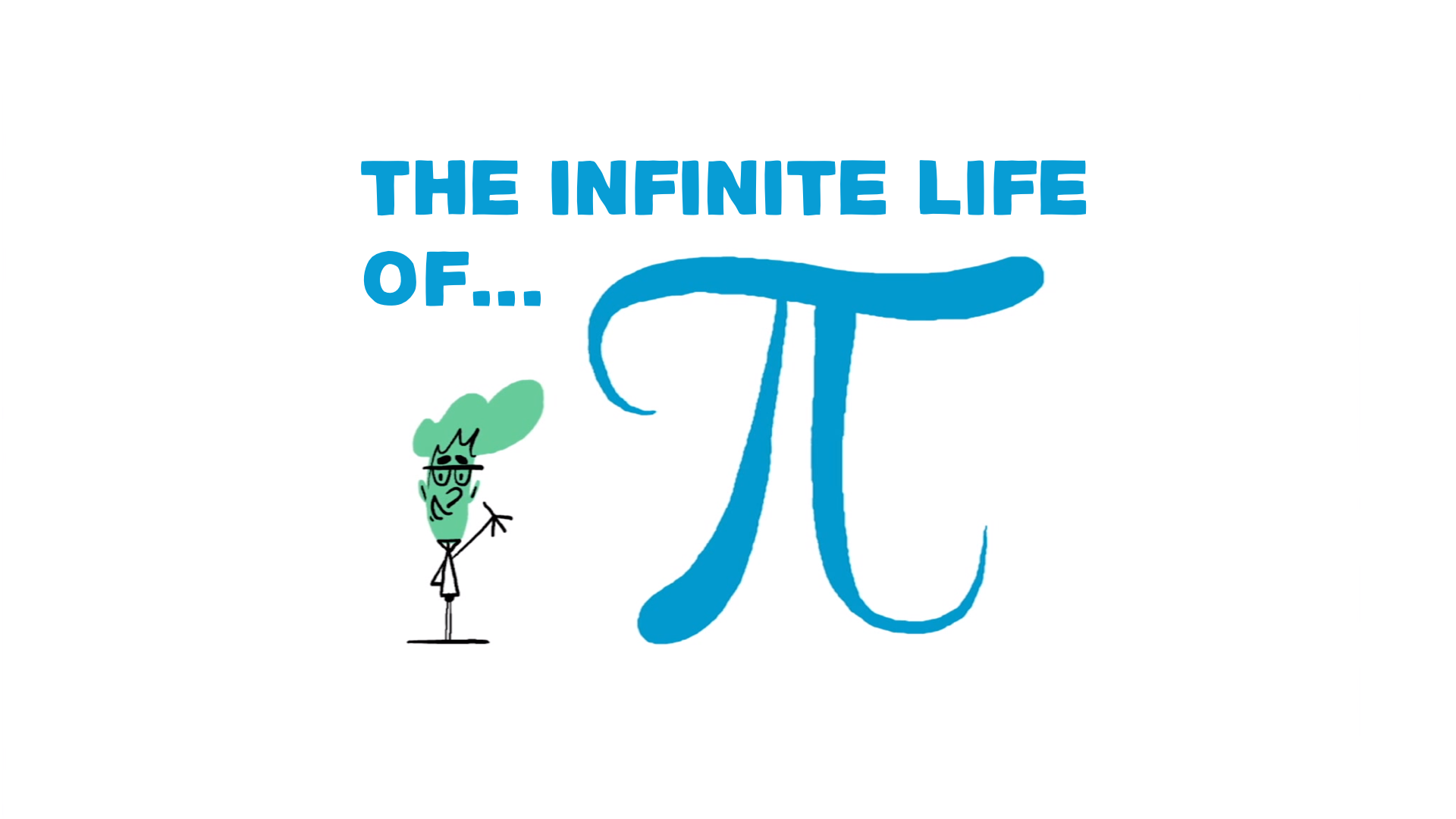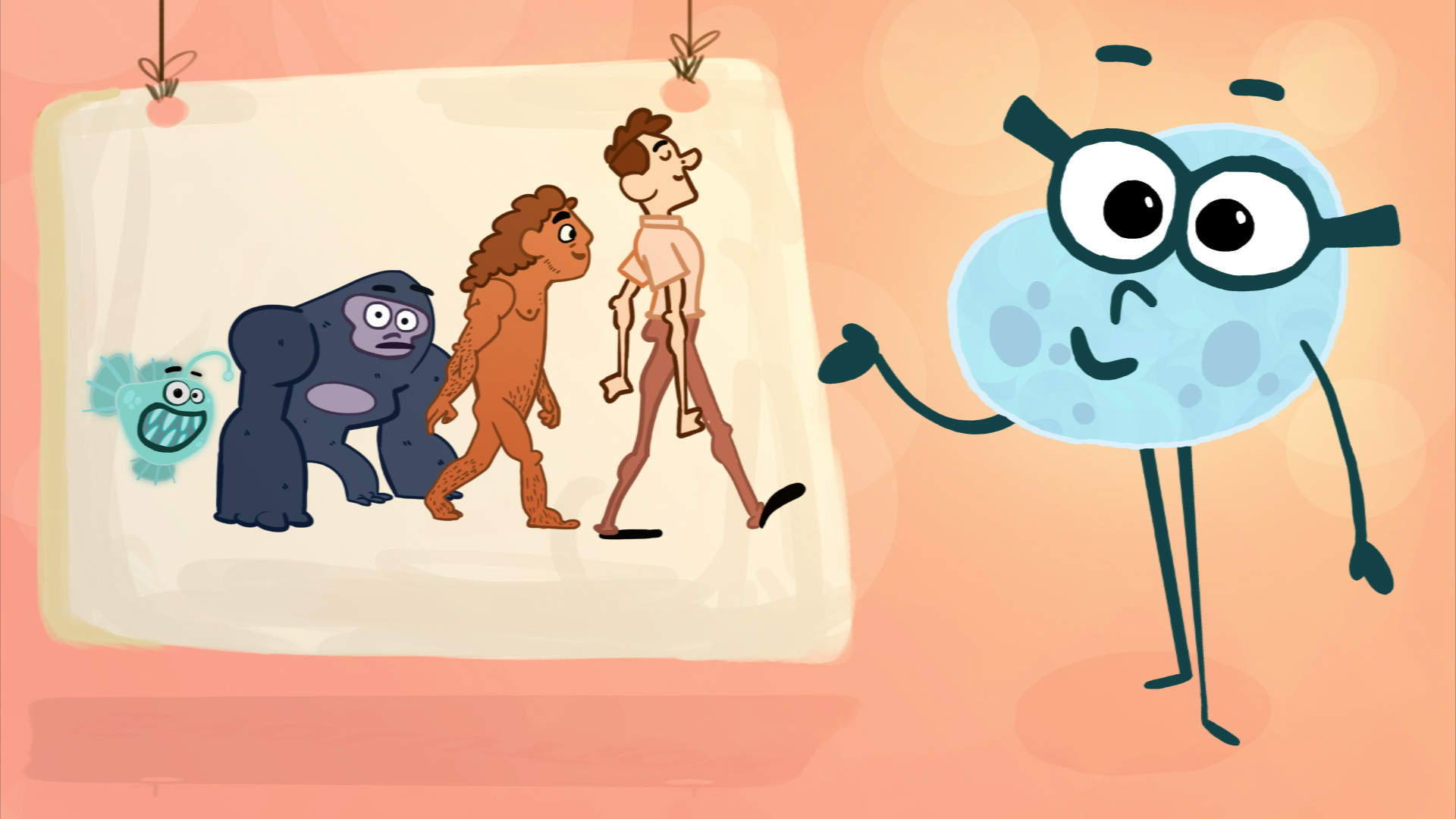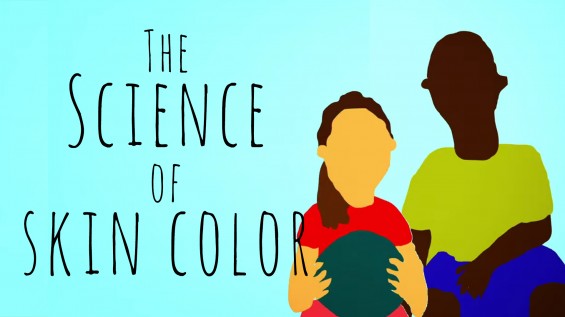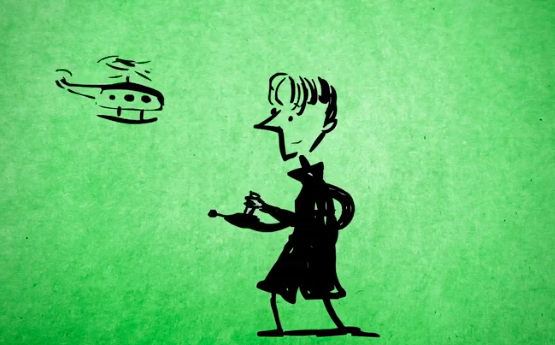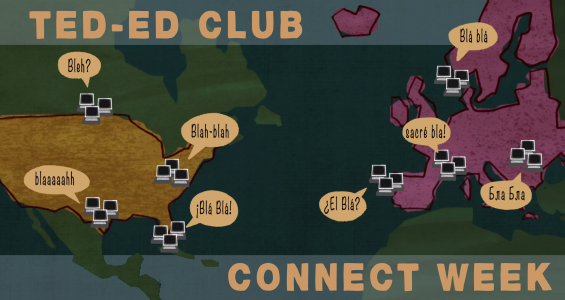
Top Ten: STEM Lessons you missed this summer

Are you a STEM teacher getting ready to head back to school? Here’s an excellent list of 10 TED-Ed Lessons you may have missed this summer.
You suddenly wake to find a creature sitting on your chest. You can’t move; you can’t even make a sound. You must be dreaming, but it feels so real. Ami Angelowicz explains the terrifying but common phenomenon of sleep paralysis in this creepy TED-ed Lesson.
Ever wonder how evolution really works? Alex Gendler debunks some myths in this TED-Ed Lesson.
Aurora Borealis and Aurora Australis pull tourists to the northernmost and southernmost parts of the Earth, but what causes these breathtaking light shows? Michael Molina explains it all.
We’d all love to be invisible, wouldn’t we? Using science, Joy Lin explains why this superpower might be more trouble than its worth. Check out the TED blog to see Lin take on other super powers.
It took history’s greatest minds centuries to prove that Earth is not the center of the universe. But if it’s not, what is? Marjee Chmiel and Trevor Owens place us in the vast expanse of space in this TED-Ed Lesson.

Can overfishing in the Indian Ocean hurt the Atlantic? Scott Gass examines our influence on Earth’s one big, interconnected ocean.
What does nine taste like? Richard E. Cytowic explains synesthesia.
A grizzly bear’s mostly vegetarian diet syncs up with plant’s growth cycle. David Laskin shows how scientists use NASA satellites to track the shifting, interrelated patterns of grizzly bears and plants and how this data can help protect the threatened bears.
Isn’t it cool when 2-dimensional movies become 3-D? Well, imagine an 11-dimensional movie! What might that look like? Alex Rosenthal and George Zaidan explain why this is difficult for us to perceive but just might be worth the try.
Pi, the ratio of a circle’s circumference to its diameter, is always the same irrational number 3.14159… progressing forever into infinity. Reynaldo Lopes explains why this never-ending number is infinitely applicable.
